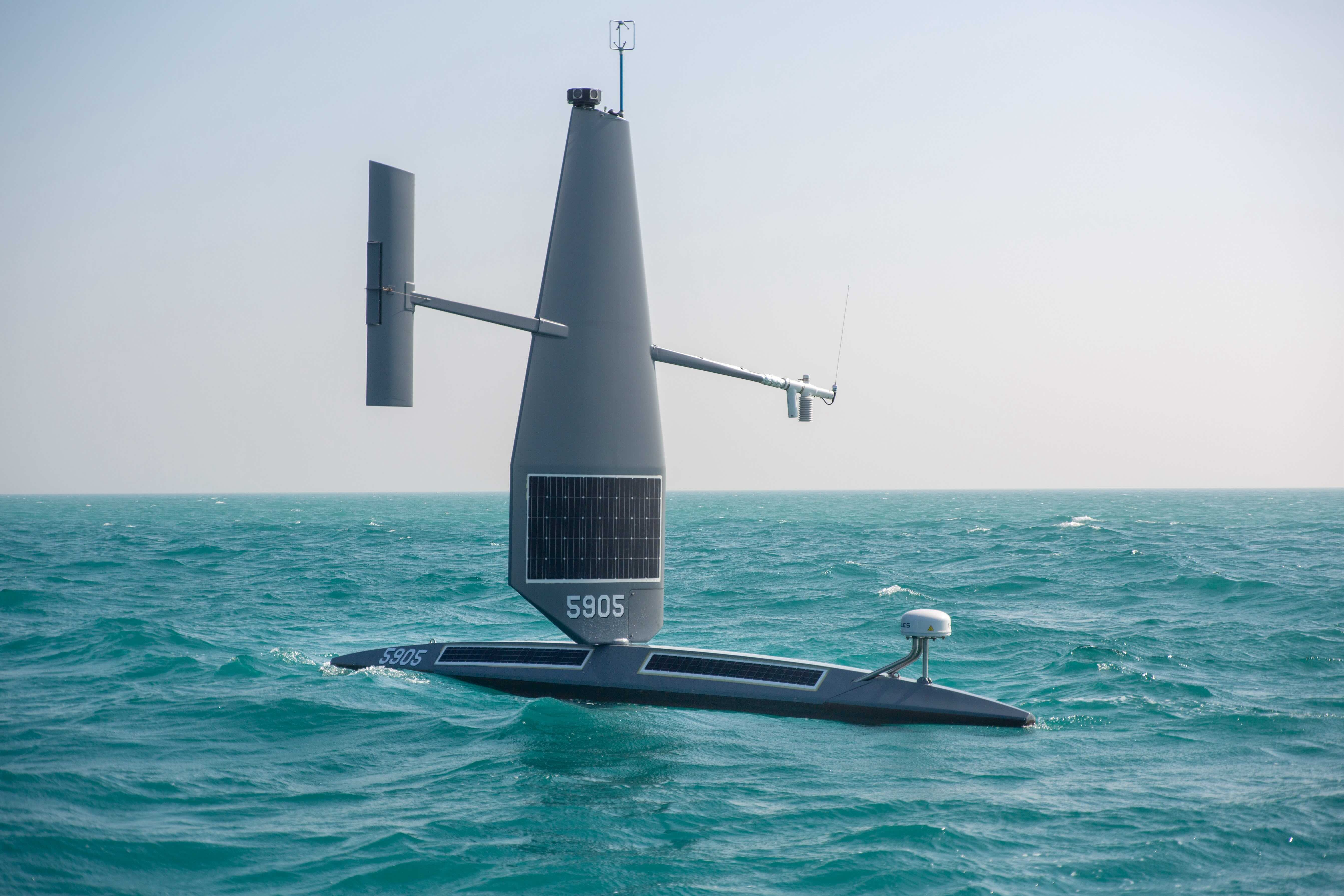The U.S. Navy’s transition towards integrating unmanned vessels into its operations has hit several roadblocks, despite the proven effectiveness of sea drones in modern naval warfare. With the emergence of sea drones reshaping naval conflicts, as seen with Ukraine’s use of explosive-laden drones against Russian ships and Houthi rebel attacks in the Red Sea, the Pentagon is pushing to adapt these tactics against rising threats, notably China’s naval expansion.
However, insiders suggest that the Navy’s progress is hindered by a traditional focus on large shipbuilding projects and a cumbersome budget process that favors established defense contractors. Despite the strategic advantages of drones, including cost-efficiency and operational safety, the Navy’s funding for drone development is minimal compared to its overall shipbuilding budget.
The Pentagon’s Replicator initiative aims to circumvent bureaucratic delays by fast-tracking the deployment of inexpensive drones. This program reflects a growing acknowledgment within the Department of Defense that innovation must be accelerated to address the evolving dynamics of global naval power, particularly in the Asia-Pacific region. Nevertheless, industry leaders express a need for clearer long-term funding commitments to fully realize the potential of unmanned naval systems.
In operational terms, the Navy is exploring the use of sea drones for a variety of missions, from maritime surveillance to minehunting, highlighting their potential to protect critical infrastructure and enhance the capabilities of manned fleets
Expanded Coverage:









